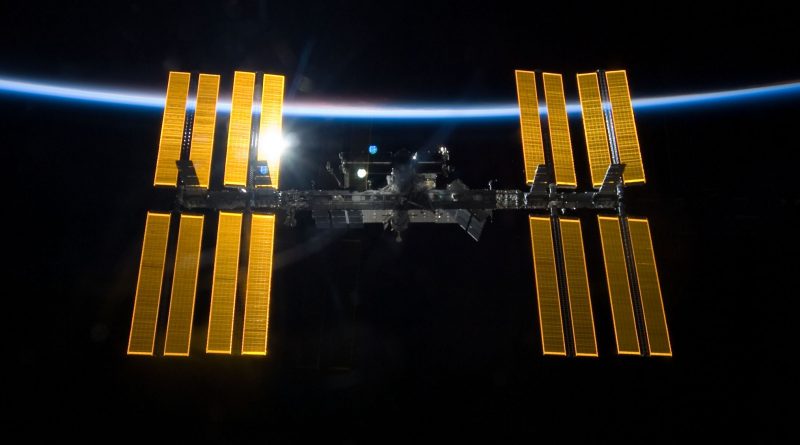Space Station Battery Replacement Work to begin New Year’s Eve
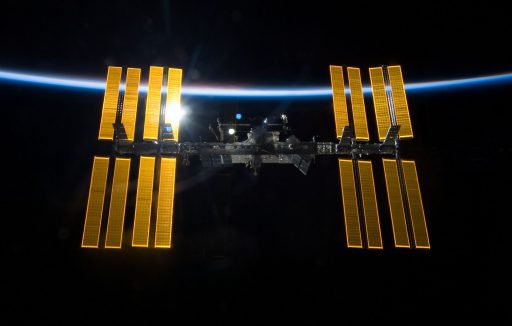
An extensive robotics and spacewalking effort that will continue until mid-January is about to get underway on the International Space Station to begin the process of re-fitting the Station with new batteries that will enable the complex to head into its final decade of operations.
The new batteries – delivered earlier this month by the Japanese HTV-6 cargo spacecraft – will replace aging Nickel-Hydrogen battery units on the Station’s truss segment that feed power to the various ISS systems during periods of orbital night – 35 minutes of each orbit around Earth. A total of four batches of batteries are scheduled to be delivered to the Station as the replacement effort unfolds sequentially over the next few years to revamp the Station’s power system with state-of-the-art Lithium-Ion batteries.
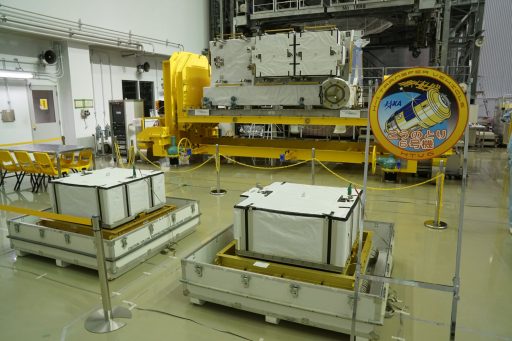
The upcoming replacement of a dozen batteries will be the most complex robotic maintenance operation ever performed in the Station’s two-decade history with assistance from the crew provided on two spacewalks to take care of work the Station’s robots can not handle. Without robotic operations, the replacement effort would require a series of six EVAs by the crew.
At present, the International Space Station hosts 48 Nickel-Hydrogen batteries installed in four locations known as the Integrated Equipment Assemblies (IEA) which reside on the four truss segments that have Solar Arrays attached to them with each IEA holding power conditioning & switching equipment for two of the Station’s eight power channels. Most of the batteries have been in use ever since being launched with their respective truss segments in the first decade of the millennium.
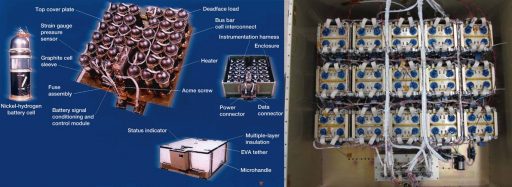
Having already surpassed their life expectancy, the Space Station’s Ni-H batteries are set to be replaced by high-capacity Li-Ion batteries which will allow the number of batteries on ISS to be cut in half to 24. The new Li-Ion Battery Orbital Replacement Units (ORUs) have been designed by Aerojet Rocketdyne and use cells manufactured in Japan with initial development work starting in 2011 leading up to Critical Design Reviews in 2013 and the first shipment of battery ORUs in March 2016 to be integrated with the HTV-6 spacecraft.
The new batteries each host three banks of ten cells and comply with the battery ORU form factor of 104 x 94 x 48 centimeters with a total mass of 197 Kilograms. A number of safeguards are in place within the batteries to reflect recommendations made for the Boeing 787 batteries that suffered from thermal runaway issues and are similar in design to the ISS battery ORUs. Overall, the new batteries have an end of life capacity of 48 Amp-hours and are good for at least 60,000 charge-discharge cycles, equivalent to ten years of ISS operations.
>>HTV-6 Cargo Overview with Technical Details on the Li-Ion ORUs
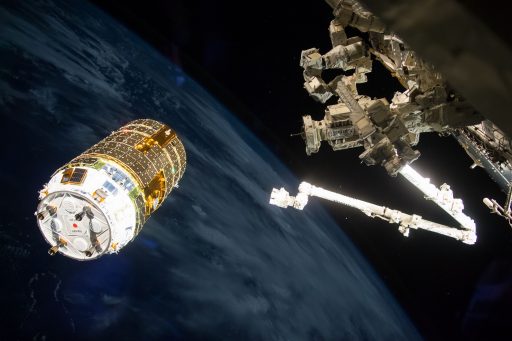
The new batteries arrived on December 13 when the HTV was captured by the Station’s robotic arm for a six-week stay at the complex. One day later, HTV’s Exposed Pallet, holding the six new battery ORUs, was robotically extracted from the spacecraft’s Unpressurized Logistics Carrier and handed off to the Payload/Orbital Replacement Unit Accommodations (POA) near the S4 Truss Segment which will be the primary location of the upcoming work.
Starting over the New Year’s holiday weekend, robotics operators will kick off the multi-step procedure to shuffle battery units between the S4 Integrated Equipment Assembly, the HTV Exposed Pallet and temporary mounting fixtures.
Preparations for the extensive robotic work have been completed earlier this year – an experience gathering exercise in February proved that the Dextre robot could be used to transfer large Orbital Replacement Units between two locations and a week of robotic operations in April loosened the bolts on the S4 batteries to ensure teams would not run into stuck structural bolts when actually replacing the battery units which have been installed on S4 ever since its launch in June 2007.

First up, starting Saturday night, ROBO controllers will begin removing & replacing batteries feeding the 3A power channel of the Station, first removing a Nickel-Hydrogen Battery from the S4 IEA to free up a space for a new Li-Ion battery. By January 4, three new Li-Ion batteries should be in place on the IEA, three spent Ni-H batteries installed on the Exposed Pallet and one Ni-H battery held by the Dextre robot.
The batteries are attached via a Flight Releasable Attachment Mechanism (FRAM) with two bolts – a primary (H2) and secondary bolt (H1). All secondary bolts on the batteries were released back in April to give Dextre a head start when removing the 169-Kilogram ORUs.
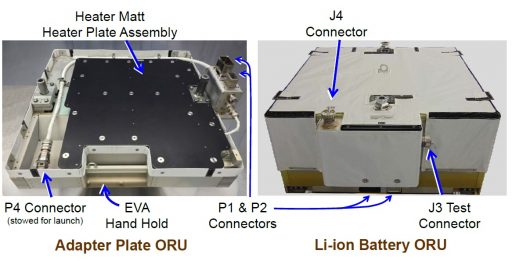
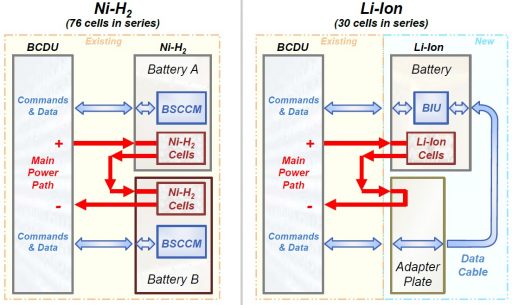
On January 6, Astronauts Shane Kimbrough and Peggy Whitson will venture outside on a six-and-a-half-hour spacewalk to retrieve three adapter plates from the Exposed Pallet and install them in the three battery slots that are not occupied by Li-Ion batteries.
These 39-Kilogram Adapter Plates are needed because, in the previous battery setup, two Ni-H batteries were connected in series to a Battery Charge/Discharge Unit (BCDU). With one Li-Ion battery replacing two Ni-H batteries, adapters were fabricated to provide electrical and data connectivity between the BCDU and the battery, allowing the previously used BCDUs to remain in place.
As part of the EVA, Kimbrough and Whitson will install the three adapters and position two of the old Ni-H batteries which were left on the IEA atop Adapter Plates A & B to remain in place as available spares.
Between January 8 and 12, the Station’s robotic duo – Canadarm2 and Dextre – will once again be in action to tackle the replacement of batteries on the 1A power channel, located on the other side of the IEA. By the end of that operation, three new Li-Ion batteries will be in place on the IEA, three more will be installed on the Exposed Pallet and two more will be temporarily mounted on the Dextre robot.
This will set the stage for the second spacewalk on January 13, carried out by Shane Kimbrough and ESA Astronaut Thomas Pesquet to place the remaining three adapter plates on the 1A side of the IEA and install one of the old Ni-H batteries on Adapter Plate F so that a total of three Ni-H batteries remain on the S4 truss as potential future spares.
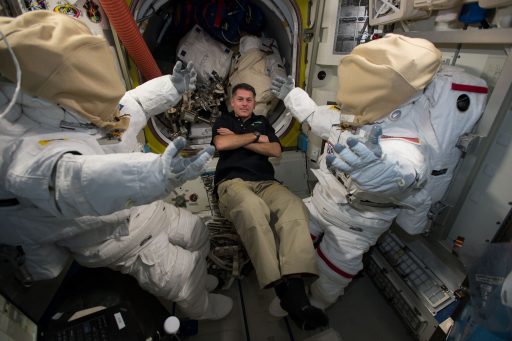
Robotics work on January 14/15 is dedicated to moving the three Ni-H batteries that are temp-stowed and held by the Dextre Robot over to the Exposed Pallet. The pallet is scheduled to be moved back to the HTV on the 17th to set up for HTV’s departure on January 27, taking the nine discarded batteries on a one-week free flight dedicated to the HTV-KITE experiment ahead of a fiery re-entry over the Pacific Ocean to dispose of the HTV spacecraft along with the batteries.
Preparations for the two January spacewalks began before the holidays inside the Quest Airlock of the Space Station where the crew members are readying Extravehicular Mobility Units #3006 & #3008 that will be in use during the EVAs.
Each of the next three HTV missions will be carrying new batteries and adapter plates to the Space Station, the last of which is currently expected to arrive in February 2020. A further three Li-Ion Batteries (without adapter plates) will be flown to ISS as In-Orbit Replacement Units.

